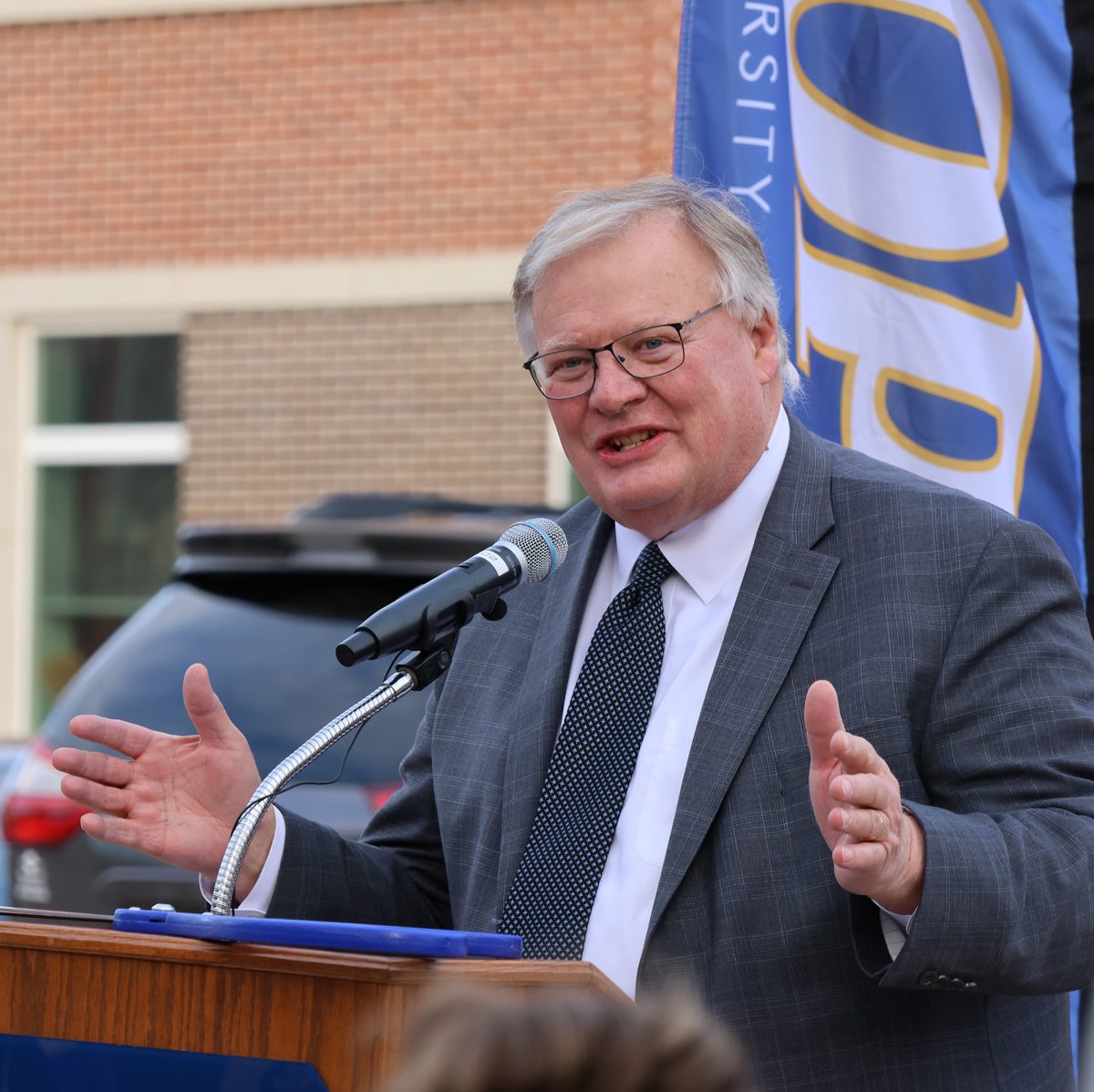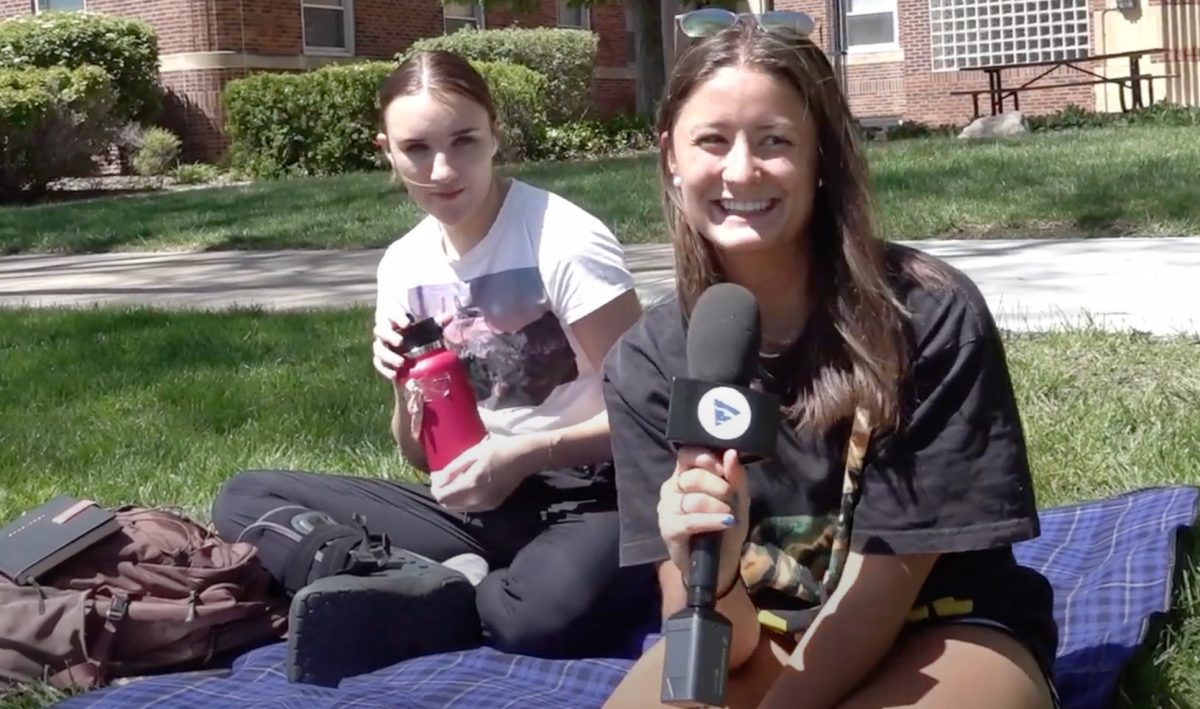BRAYDON CONELL
conellbt@lopers.unk.edu
Millennials, or those born between 1980 and the mid-1990s, hold the highest average student loan debt of any age group. Student debt has been a topic plaguing the nation and has recently been brought into the forefront of Americans’ lives.
Overall, 35-years-old consumers carry the burden of the highest student loan debt balances after Q2 2019. According to data collected by Experian, 35-year-olds have an average balance of $42,564 on outstanding educational debt.
The second and third highest holders of educational debt are 34-year-olds and 36-year-olds, respectively.
Current college students hold the least amount of debt. Data shows that the average debt balance of 20-year-olds sits at $11,576.
Just seeing this lower amount does not explain the whole picture nor does it mean that problems are being solved.
Many students in the United States go to college or university directly upon graduating. Granted they are a typical student, they are only about halfway done with a four-year degree at age 20.
Without accounting for accrued interest or other factors, the average debt of these students after completion of their degree would be $23,152.
This extrapolated total would be above the current average for student loan holders aged 20 to 29. Q2 2019 data puts this average at $21,682, up from $18,903 in Q2 2018, just one year ago.
Students have become increasingly dependent on taking out student loans due to increasing cost of education combined with wage stagnation.
In the 2016-2017 school year, the average cost of one year of school was $26,593. The National Center for Education Statistics found that the cost for that same year of college cost only $12,274 with adjustments for inflation.
For recent graduates, educational debt can place a large burden on them. Former students are bogged down with loan payment, which begins six months following graduation, and are living paycheck to paycheck under entry-level wages.
The Federal Reserve Bank of New York places the total amount of student loan debt in the United States at $1.5 trillion.
Addressing this debt has become a topic of the upcoming presidential election, as well. Senators Bernie Sanders and Elizabeth Warren have both included relieving some or all of this massive debt as part of their campaign platform.
Relieving this debt is an uphill battle in the United States and will likely take a Democratic President and a Democratic-controlled Congress to get it on the table for discussion.
The benefits of debt discharge has been estimated at helping the economy of the U.S. by boosting gross domestic product by $108 billion a year according to the Levy Economics Institute of Bard College.
While costly to relieve, debt relief not only can help students face less financial hardship coming out of college or university but have enormous benefits for society in the long term.































Lance Larington • Oct 29, 2019 at 1:49 pm
Now research should be done correlating the debt data you just reported to when the importance of high school activities surpassed the necessity of HS students getting jobs in preparation to pay for school. Too many are banking on scholarship money, then finding out as a senior they should have worked during school. This also could be credited to the lack of work ethic in today’s workforce.